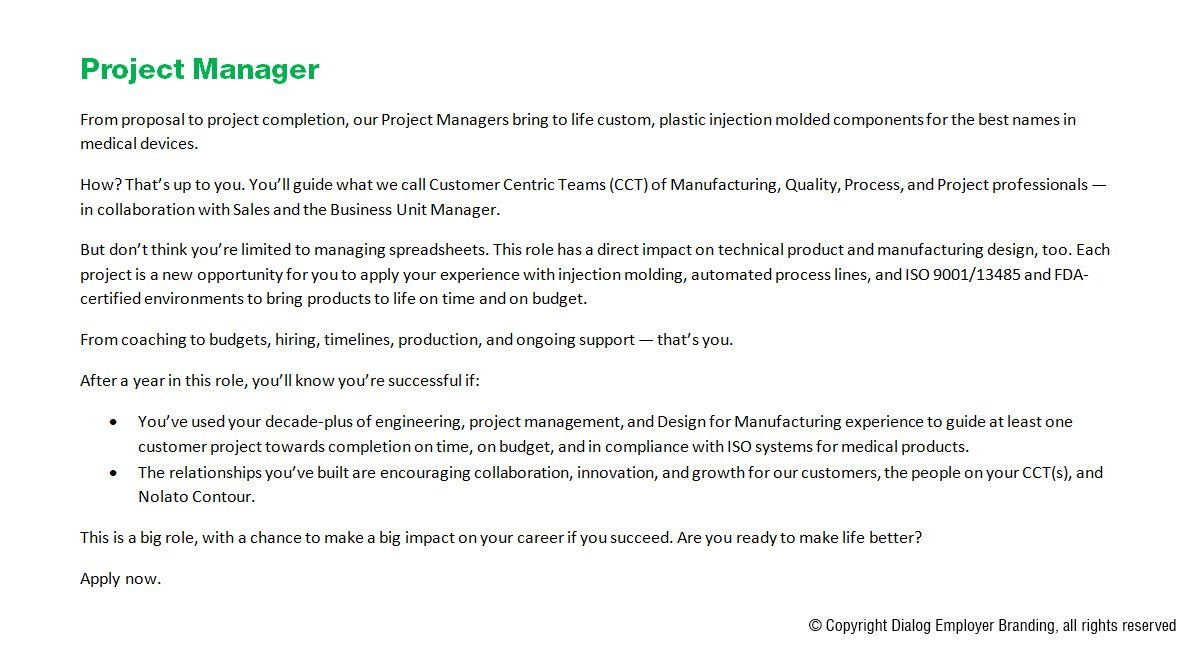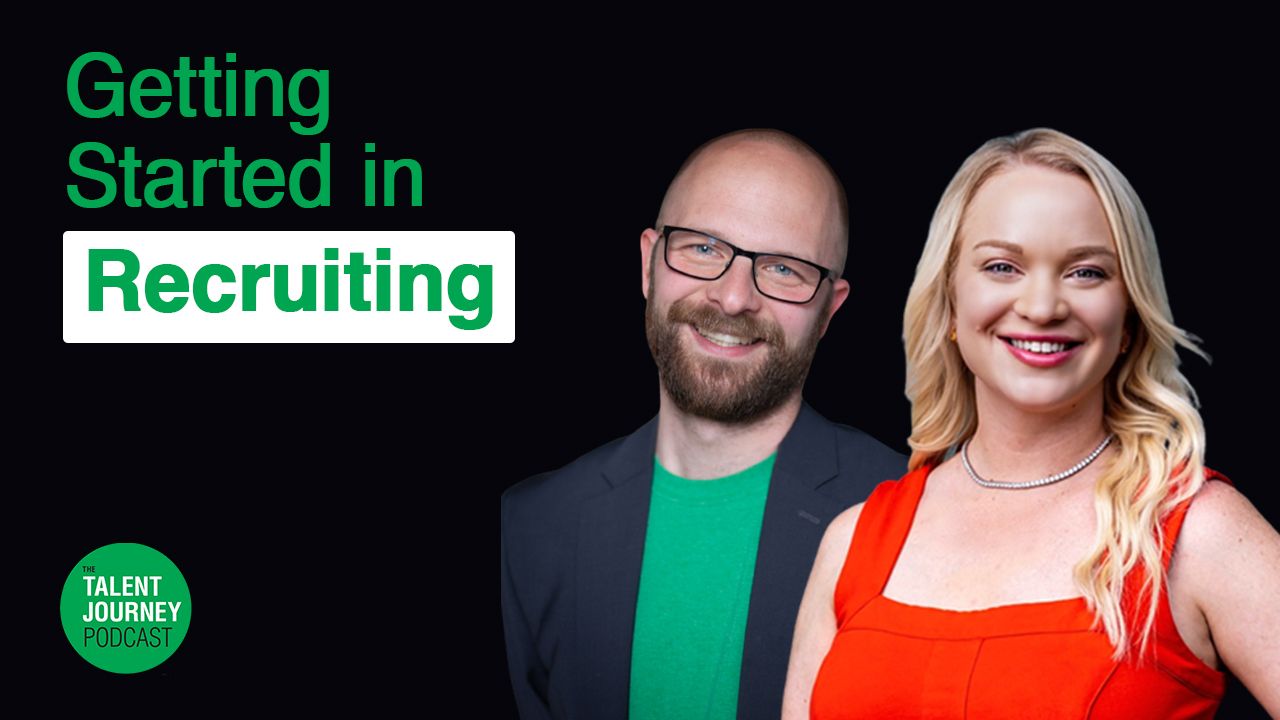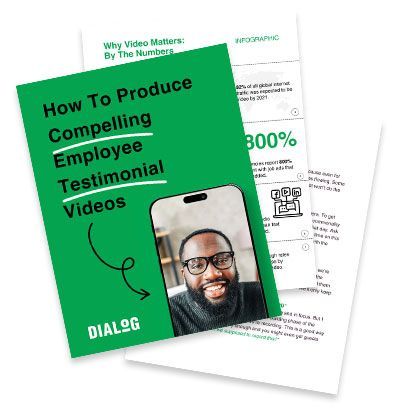How to prevent ghosting by improving your recruiting process
By taking a a hard look at their application and onboarding process, employers can attract the right candidates and cut down on ghosting.

Most employers would solve many of their hiring headaches – especially ghosting from candidates – if they would prevent their job applicants from having to jump through so many hoops. What do I mean by that?
I was enjoying coffee with an old friend a few weeks ago and the topic of side jobs came up. He mentioned how he’d been applying to different jobs that he could do in his spare time. He shared how incredibly tedious it was to apply to some of these jobs, which caused him to abandon his application. Plus, each time he did this it left a bad taste in his mouth about that employer. These employers weren’t making friends by causing candidates to jump through hoops that weren’t needed.
Think about that. A perfectly qualified candidate wasn’t applying to jobs because the process was too involved. The application took so much effort that he didn’t consider it worth his time to apply when so many other opportunities existed. All because the employer was stuck with a hiring process that they hadn’t revisited in 20 years.
Unfortunately this is a common pitfall that many employers suffer from, all the while complaining that “no-one wants to work anymore.” Employers still haven’t learned that in this day and age that applicants don’t have to put up with crappy application processes anymore.
This goes beyond making the job easy to apply to. You can certainly create a job application that only asks for basic contact info and a resume and be done. Just look at how easy Indeed has made it to apply to jobs.
But if you’re looking for the
right
people to apply so you don’t have to sift through hundreds of unqualified applicants, here are my tips for creating an intentional job application process that will make your life easier, prevent candidate ghosting, and attract the candidates you actually want.
1) Build better job descriptions.
A good chunk of job descriptions are simply copy-paste jobs. However, this is the first impression you’re giving candidates of your workplace. Would you show up to a date where someone you’ve never met picked out your clothes? Then why are you using someone else’s job ad to make a good first impression?
Writing good job ads takes effort to do well because it uses a marketing mindset, i.e. putting yourself in the shoes of the other person. I always recommend hiring a recruitment marketing agency to do this. But for those without a hiring budget, here are some simple tips:
- Use plain language. Skip the fanciful wording that sounds like you’re trying to impress a bunch of lawyers. Only use jargon if you’re actually trying to attract experienced candidates who know those terms.
- Ask yourself (or the hiring manager): what does success look like in this position? What does the typical day look like? Bonus tip: if you can record the hiring manager answering these questions, you have yourself 80% of the words you need to use for your new job post.
- Start job ads with a candidate-centered question or statement. Paint a picture of what the job is buying them in life. That first paragraph is critical for making a good impression. Don’t waste it on talking about your history as a company.
- Don’t include all the details of your company. Save those for follow up communications (See point 5 below).

2) Include pay in the job ad.
61% of candidates expect to see pay in the job ads. But only 12.6% of global companies actually include this. Before you think that you can squeeze a few more years out of not sharing pay ranges with candidates, consider that Indeed.com has already implemented a system where they estimate the pay range and publicly advertise it to candidates. Plus, candidates can share their pay on Glassdoor.com for anyone to see. As an employer, wouldn’t you rather own the conversation around pay rather than letting Indeed or past employees inform your candidates? Besides, including pay means you won’t waste time on candidates who wouldn’t be a good fit and had unreasonable expectations for what you could pay them. Including pay in job postings is in our opinion the single fastest way to start making things easier for your HR team by preventing ghosting, as candidates don’t have to jump through the job application hoops before they find out what wages they can expect.
3) Simplify the job application process.
Ask yourself: “What info is absolutely necessary for us to collect in this job application form to get the candidate to the next step?” A job application shouldn’t be a catch-all of information for your recruiting team to follow up with. By asking only the most important questions of your candidates, you can then determine if you should follow up with them in the next step of your hiring process. Many teams haven’t looked at their job application in years. If that’s you, I recommend “fake applying” to your jobs. How easy was it to do? Did it take less than 5 minutes (the gold standard in job application lengths)? Were you asked only relevant questions, or could some of them be saved for a qualifying interview?
4) Invest in a good Applicant Tracking System (ATS).
Applicant Tracking Systems aren’t all made equal. Many of them are simply tacked on to an HRIS program almost as a side note. They’re mostly designed for the needs of HR. Very few do a good job of making sure candidates have a good experience – e.g. not making candidates register an account before they can apply. That being said, there are a few good options out there that give you some abilities to create a decent candidate experience. For example, JazzHR is a great choice as an affordable ATS that offers the ability to follow up with candidates via email or texting (Note: Dialog is a partner of JazzHR and will receive compensation should you make a purchase in the link).
5) Build in as many communication touchpoints as possible.
This keeps candidates in the loop about their application and your workplace. I was talking with one employer a while back and they shared how they went so far as to include communication touchpoints even after a candidate accepted an offer, which resulted in a measurable drop in ghosting. People are stressed when they’re between jobs. Staying in touch with them about the hiring process through automated communication is a way to make candidates appreciate you, even if they don’t end up getting the job. Plus, candidates are getting multiple offers at the same time as yours. If you can build in automated candidate communication with your ATS where you can show videos and testimonials about your workplace, you’ll set yourself apart. When you communicate your employee stories with candidates, it improves your recruiting results.
If we take a page from the e-commerce playbook, we know that the more steps you need to take to make a purchase results in fewer purchases overall. In e-commerce, every time you ask your user for another bit of info you see a drop in sales. Buying something online is completely different from applying to jobs. The end result is a relationship with people in a job – not a thing you buy and then use. So aren’t the stakes here even higher? Shouldn’t you try to avoid frustrating candidates right from the start of your relationship?
Try applying to your jobs to learn where the gaps are. Then get work on fixing your company’s recruiting process.
Justin Vajko (vay-koh) is a speaker and award-winning marketer who is passionate about connecting great employers to great employees. Justin has seen too many fantastic companies struggle to recruit efficiently. That's why he and his company Dialog help employers generate more job applications from qualified applicants by building their reputation online using video. Justin lives in Chippewa Falls, Wisconsin with his wife and three kids in their first home where he’s on a steep learning curve wrangling non-working appliances and fixing leaky faucets. Have any tips for how to properly mud drywall? Let Justin know on LinkedIn.




